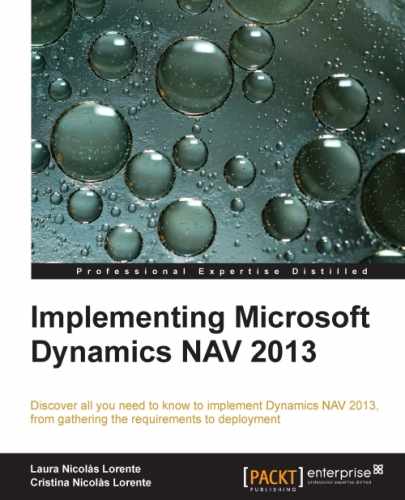A functional change in a Dynamics NAV implementation is to start using an application functionality not used before, or to change the way certain application functionalities were used in the past.
Imagine a distribution company that purchases items from its vendors and sells those same items to its customers. This company does not have any kind of automation on its purchase order creation process. It manually determines when purchase orders have to be created, for which items, and in what quantities. In the aim of automating this process to reduce the time invested in purchase order creation, the company wants to start using the Requisition Worksheet, which according to the replenishment parameters established in every item, will calculate the replenishment needs of the company and, upon user acceptance, automatically create the corresponding purchase orders.

You could also think of a company that has never used the Fixed Assets functional area of Dynamics NAV and has only kept accounting information of its fixed assets by posting manual accounting transactions using the General Journal and now wants to start using the Fixed Asset functionality to better manage its fixed assets.
A company may have been working with items for a long time and now it wants to have information of lot and serial numbers for its inventory.
If you try to enable the Item Tracking functionality on your existing items, you will get an error message over and over saying that the Item Tracking Code cannot be changed because one or more ledger entries exist for the item. Some actions will have to be performed to allow this functional change to be possible.
We have a recent example of implementing a functional change in an existing Dynamics NAV implementation.
In this customization, Volume Discounts were calculated for each sales invoice line, according to a set of predefined rules, and they were stored as Volume Discount Ledger Entries.
When thousands of Volume Discount Ledger Entries existed in the system, the company wanted to be able to apply those ledger entries to other ledger entries, so that they could know which ledger entries were still open, partially open, or closed. This is similar to how an application of Customer Ledger Entries or Vendor Ledger Entries works in standard Dynamics NAV.
